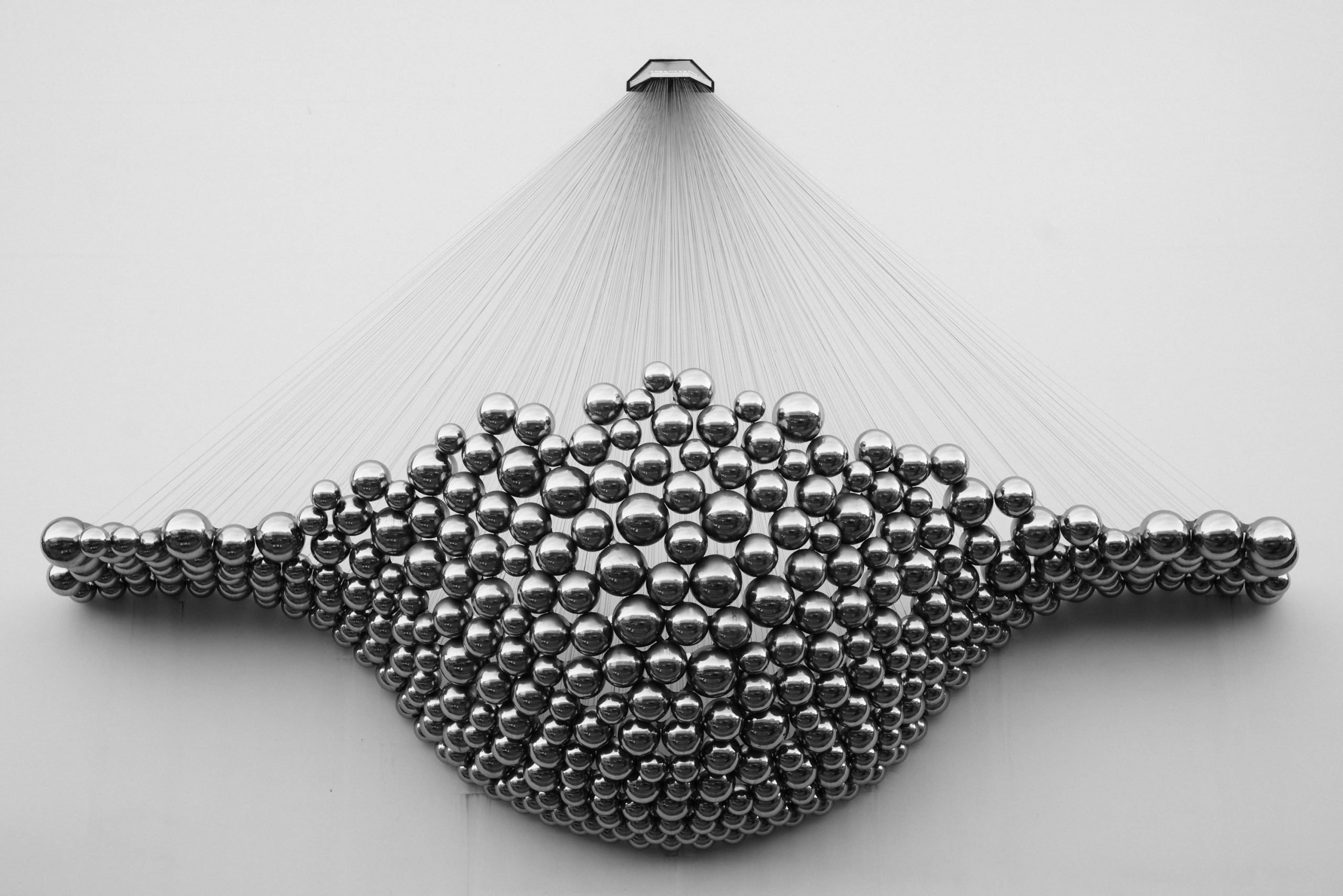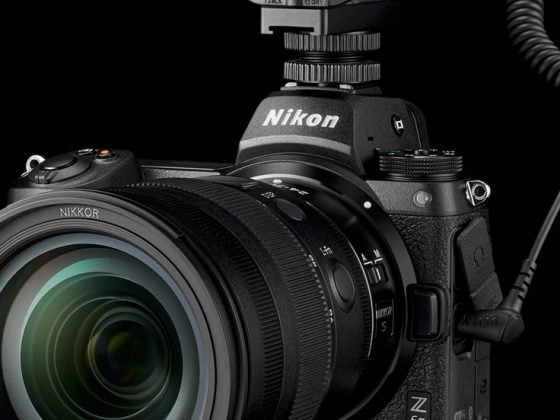The Helios lenses have grown in popularity over the last few years for their classic rendering and crazy swirling bokeh. But are they any good?
Today, there are so many awesome new third-party lenses out of China or Japan, the Helios lenses no longer get as much attention as they used to, but they’re still fun lenses to shoot with if you can get a good copy, of course, depending on what you plan on doing with them.
You can still find a few different models of the Helios lenses, some rarer than others and they all do slightly different things.
In this post, we are looking at old samples of mine from the infamous Helios 44m-2 on the Sony A7rII. While the 44M-2 does have the most swirl of the Helios lenses, you won’t always see it in general day-to-day shooting.
Helios 58mm f2 44M-2 Samples On The Sony A7rII
Over the years I’ve shot a bunch with the various Helios lenses on various camera bodies to get a sense of what it’s like with full-frame or APS-C and have learned a few things.
If you’re shooting on APS-C, you won’t really get all the same lens characteristics as you do with a full-frame camera since you’ll be cropping out most of the swirling effects that are in the outer edges of the frame, which is what these lenses, especially the 44-2 are known for.
To get around this you actually can use an adapter with a speed booster built-in, these are handy to have if you like to adapt vintage m42 lenses, but since they are expensive, this only makes sense if you own several lenses.
I use a Mitakon speed booster, but you have to be a little careful with that one since it can scratch the sensor box on some of the Fujifilm cameras, specifically my X-Pro2.
In general, I do like the Helios lenses though. They have a smooth, and calm rendering that is really unlike any of my other 50mm lenses. For the price, these are listed on eBay or sometimes Amazon, they can be a lot of fun and are worth it if you manage your expectations correctly.
Build Quality Issues
Most of the Helios lenses out there have seen repairs or have been refurbished or repacked.
After owning several of the Helios lenses for several years now, I find they can develop issues depending on how well they were refurbished. One of my lenses sprouted mold inside, on another one the oil that lubricates all the parts became very juicy, and then my 40M developed a lot of haze.
So you’ll need to be a little careful, you don’t want oil or grease dripping from your lens onto your sensor. I’ve had that happen and it’s not fun to clean up. Actually, in my case, I think it evaporated into my sensor and left little oily spots everywhere, taking forever to clean.
BTW, another great lens to check out is the Industar 58mm 50-2. Fantastic Micro-Contrast.
How The Different Helios Lenses Compare
I still have the 44M, the 44M-2, and the 44m-4. I don’t love any one-off them the most, they each have something I like, and something I don’t like.
I do not like the preset aperture mechanic on the 44M-2. I think the 44m-4 or the Helios 44m-7 have the best image quality, but the 44m-2 is the one you want for the swirling bokeh which as you can see from these samples, doesn’t always present itself.
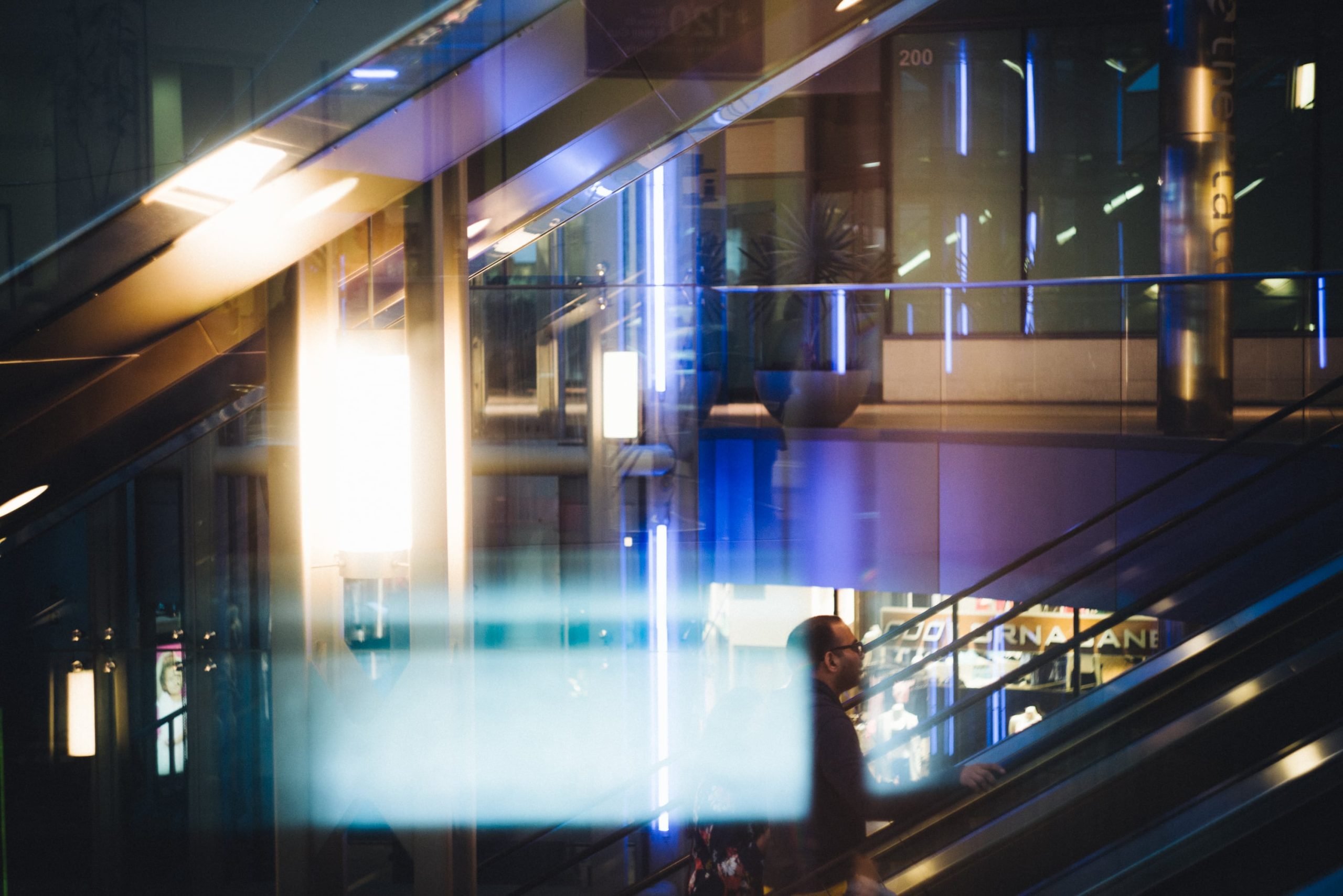


Helios Lens Performance – Are They Good?
All of the Helios lenses I own are fairly sharp at around f5.6 and decent enough at f2 (if you can manage to hit focus), what I love is the flares they produce.
Not only can they create some nice shapes, but also they do this thing where the highlights will glow a little. Especially on the 44M. It’s something I love about these old lenses and is a characteristic that you sadly don’t get with modern lenses anymore. Especially with Fujifilm lenses because their coatings are so damn good.
You will see some issues with CA in high-contrast out-of-focus areas but it’s not a huge issue.
Check out my Helios 58mm f2 44m-2 review if you want to see more details on the performance of that lens.
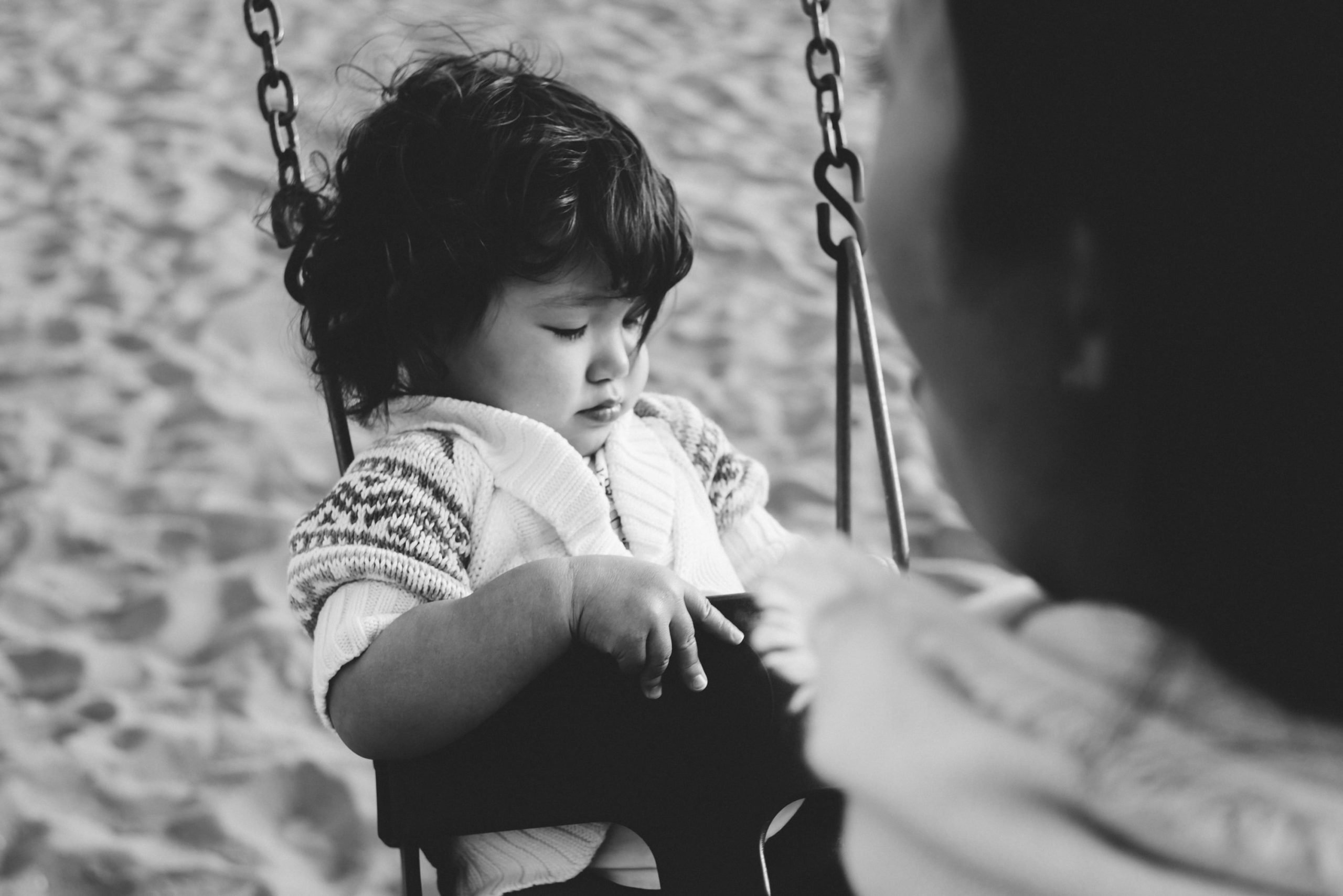


Classic Lenses vs Modern Chinese Lenses
With brands like 7Artisans, TTArtisans, Meike, etc, is it worth even buying these classic lenses anymore?
Yes and No.
Yes, in that none of these Chinese brands have nailed it when it comes to full-frame classic lenses. Their APS-C lenses are great and have a nice classic rendering with a ton of pop and sometimes cool flaring patterns, like the Pergear 35mm, 50mm, or 25mm. But I’ve yet to find a full-frame lens that’s comparable to a helios.
I have the Meike 50mm f1.7, which is a full-frame lens, but it never really blew me away when it comes to the character or how it renders, even though it gets decent scores with the test charts.
So for full-frame, it’s still worth collecting old Minolta, Canon, Helios, Industar, Jupiter, etc lenses. For APS-C, you can get a lot of cool results from TTartisans, 7Artisans, Pergear, etc. Unless maybe you use speed boosters / focal reducers on your APS-C cameras.
If you shoot Sony, there is an autofocus A-Mount screw drive to E-Mount adapter now, which is great if you have old AF Minolta lenses.

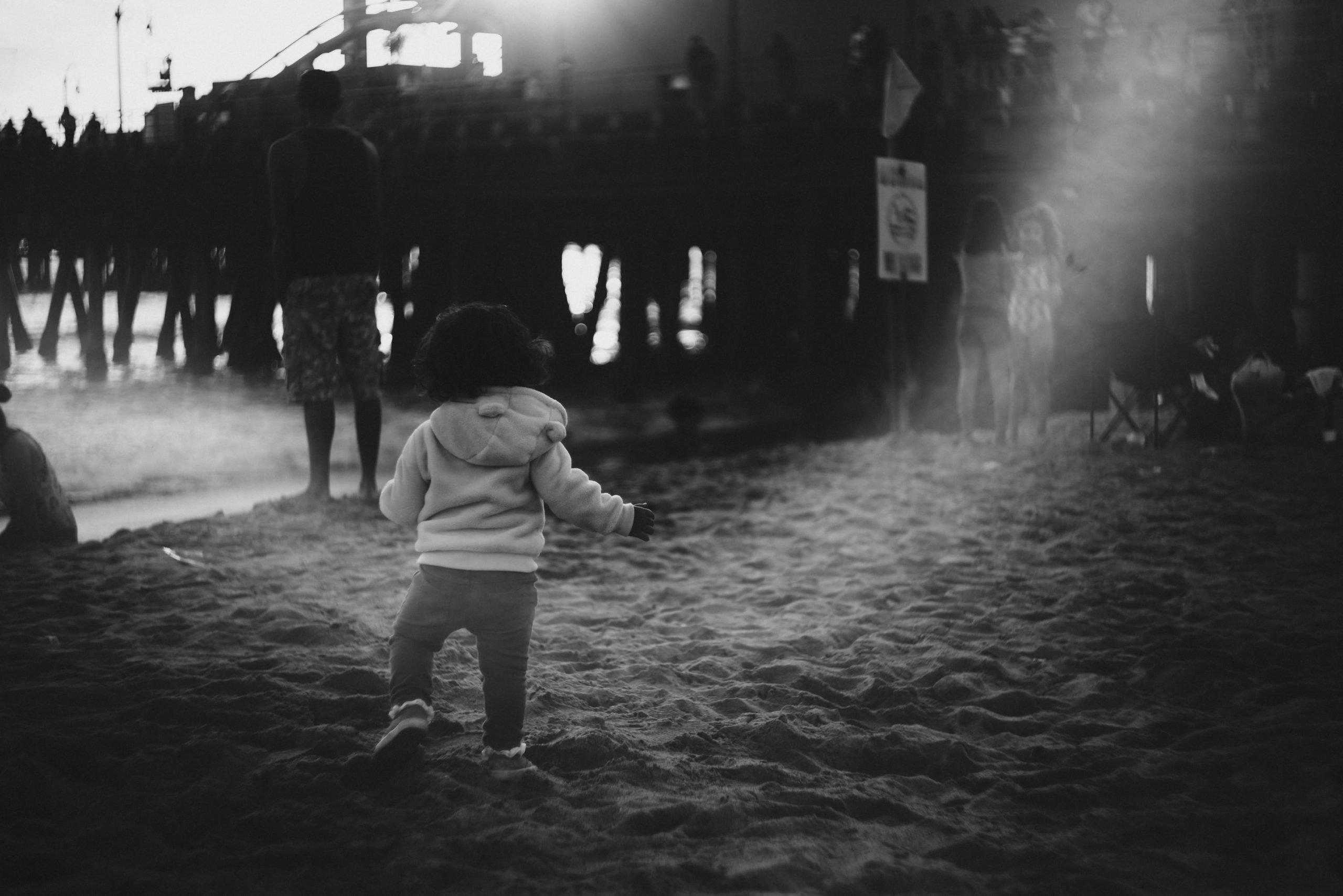
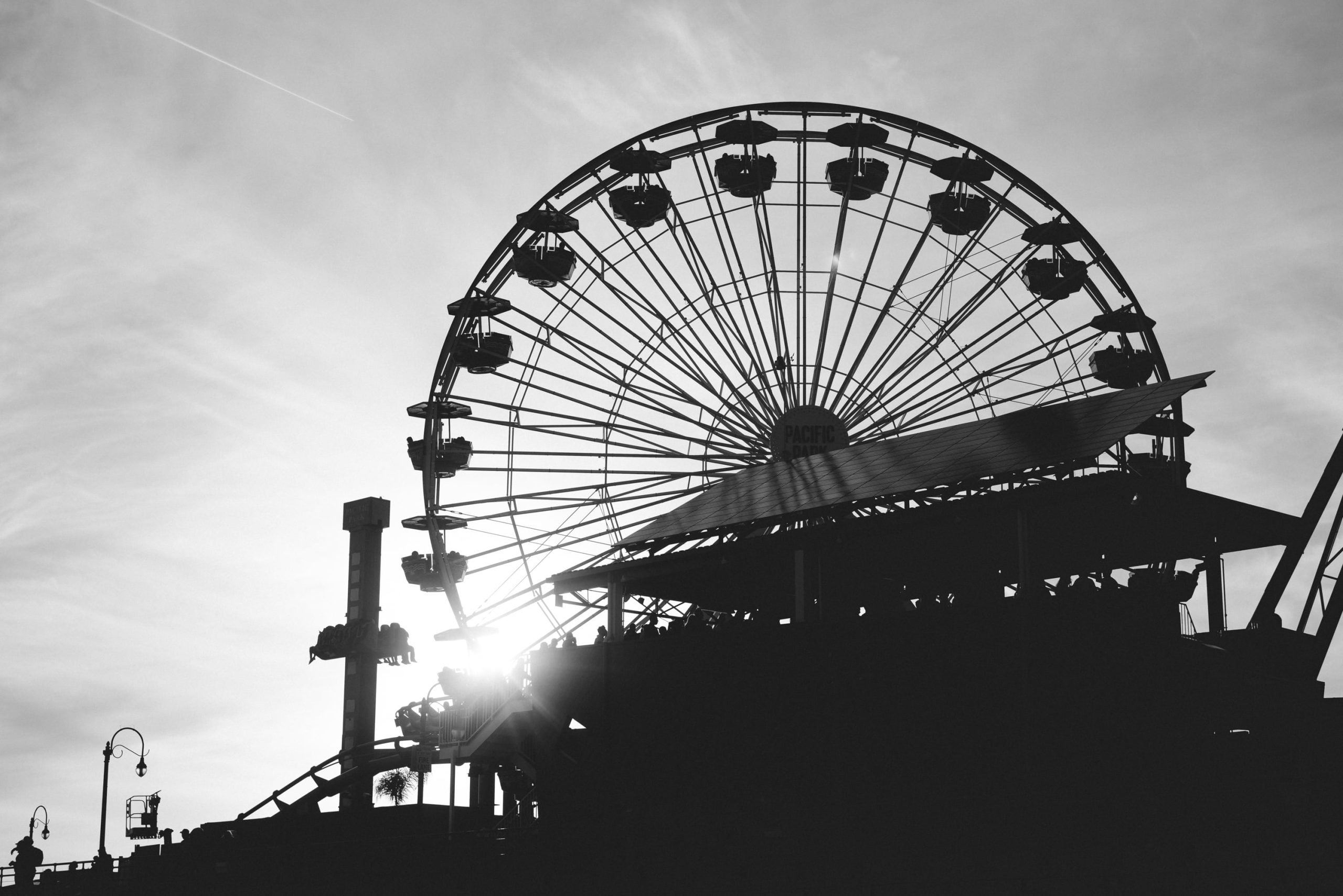


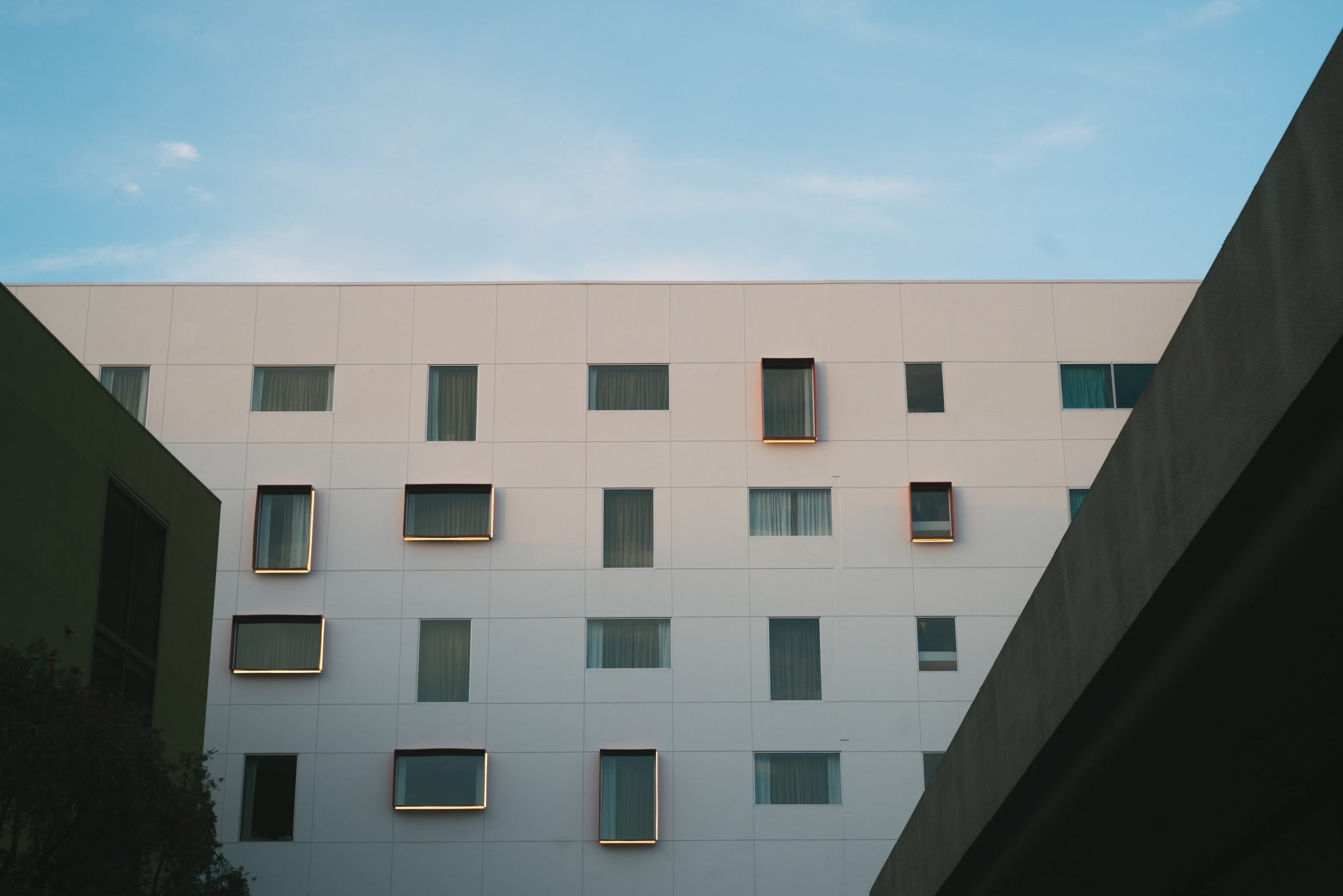
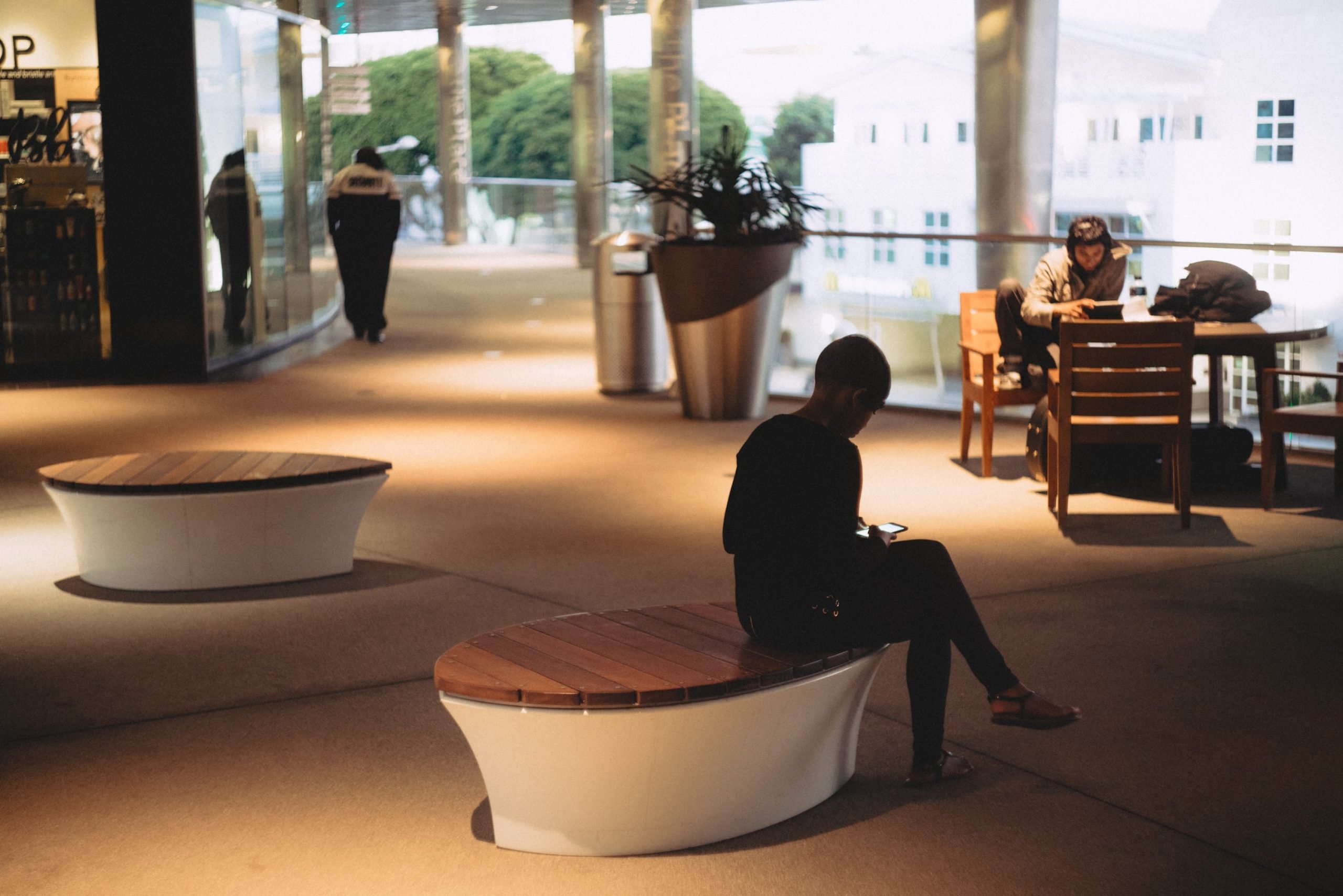
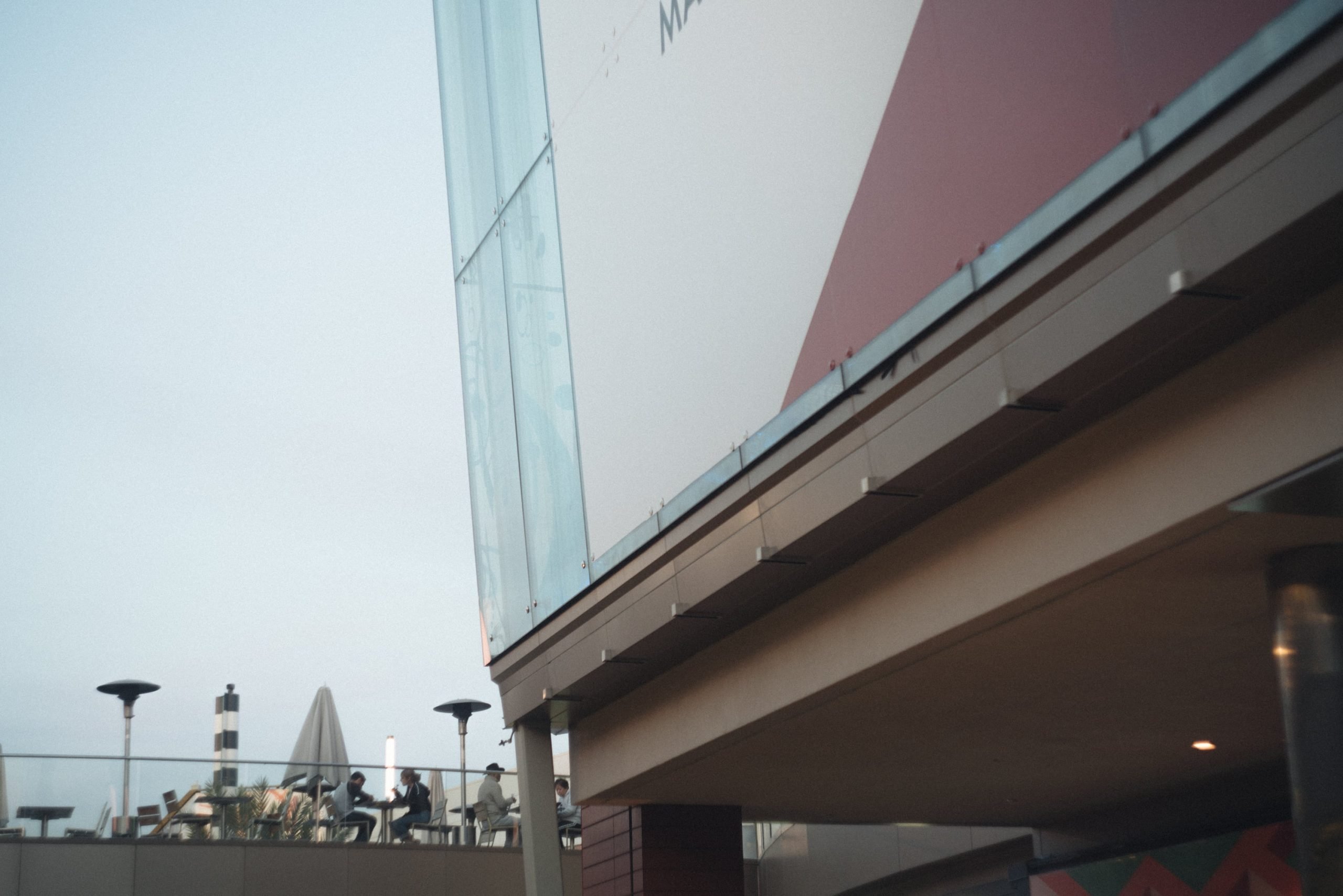
| **This website contains affiliate links. We will earn a small commission on purchases made through these links. Some of the links used in these articles will direct you to Amazon. As an Amazon Associate, I earn from qualifying purchases. |

